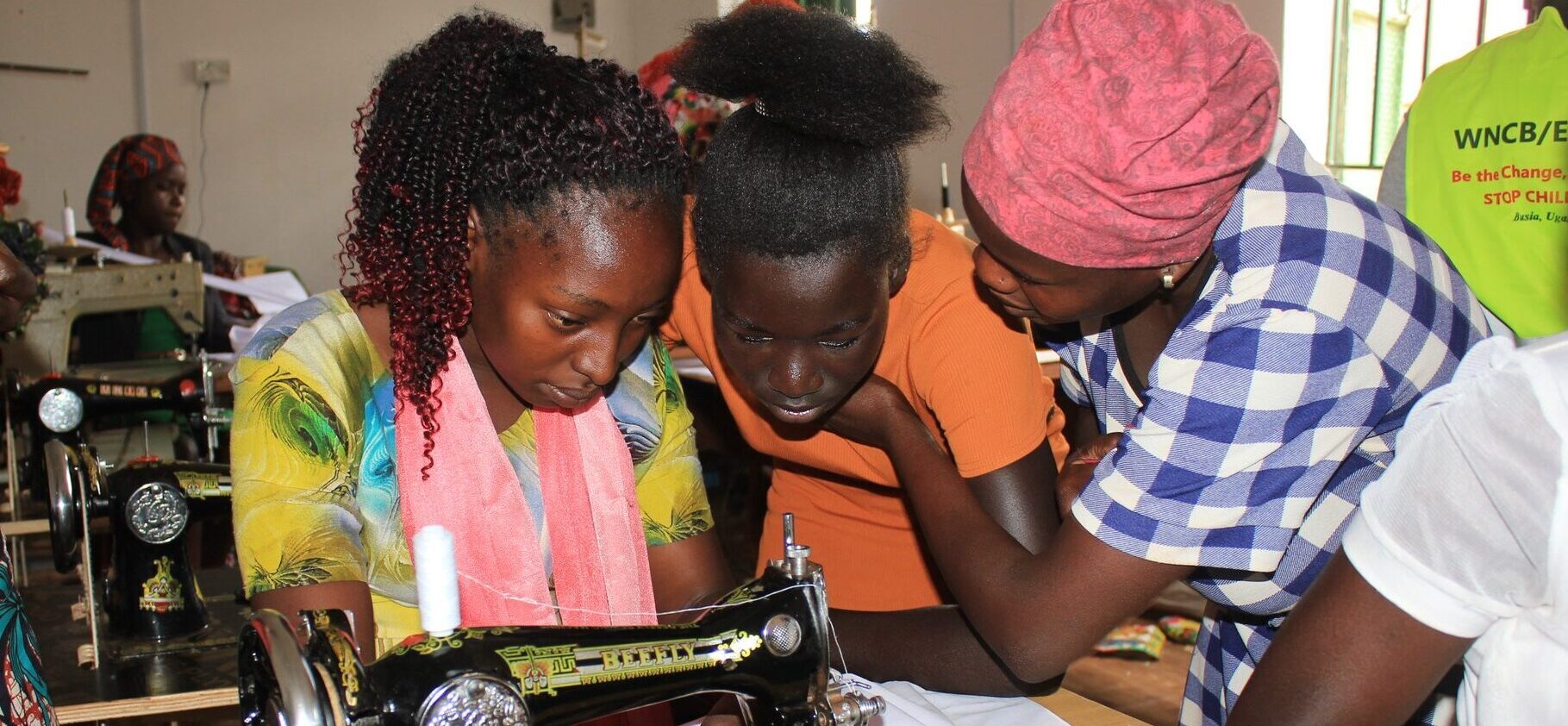Strategies for change
EWAD implements a multi-stakeholder approach to prevent and address child labour in the mining communities. The area-based approach tackles all forms of child labour, mainly in the informal sectors, at the community level. The supply chain approach works with mining companies in both the formal and informal sectors. Cooperation with the government is essential in bringing sustainable changes in the mining communities. The approaches are strongly interlinked and implementation led to a decrease in the number of children that work.
In working with the supply chain, a focus on labour rights based on international standards such as the ILO treaties, the UN Guiding Principles on Business and Human Rights and the OECD guidelines is key. Business action and related interventions that focus on what happens in the workplace and in communities are needed to work towards sustainable change. Co-operation on all levels is also required, to offer children an alternative to work in the form of quality education and/or decent youth employment. The WNCB programme also works with Children’s Rights and Business Principles aim to bring about change in sectors with a high incidence of child labour.
The area-based approach is crucial to supporting and promoting the norm that children should not work and should go to school.
Also listen to the WNCB podcast about working with the area-based approach.
Supply chain approach
The business actors in Busia are formal and informal mining actors. Business action and related interventions that focus on what happens in the workplace and in communities are needed to work towards sustainable change. EWAD engages in dialogue with the mining businesses and works towards realizing improved labour conditions in artisanal and small-scale gold mining (ASGM). Leaders of the ASGM business community are trained in Children’s Rights and Business Principles (CRBP), Responsible Business Conduct (RBC) and Due Diligence. Through sensitization and capacity building workshops EWAD works towards the formalization of mining associations. Formalization is a crucial strategy in promoting CRBP, RBC and Due Diligence.
Area-based approach
The engagement and work with the private sector and governments is strengthened through the work at community level. By implementing a Child Labour Free Zone, which focusses on behavior change around the norm that ‘no child should work and every child must be in school’, children are supported to (re)integrate in the formal education system.
Community mobilisation as a strategy to eliminate child labour
A vibrant community structure of 22 community based mobilisers has been trained, equipped with modern technology and are ably offering immense support to eliminate child labour in their communities.
Out-of-school youth are equipped with vocational skills at different training centers and apprenticeships within the community. Families and communities are supported with Village Savings and Loan Associations and income-generating activities.
Cooperation with governments
The gap between policy and practice remains significant, with a poor legal framework and insufficient resources
and interventions aimed at protecting children from child labour found in mining contexts. Through lobby efforts at regional and national level, EWAD works towards improved legal and policy frameworks to prevent and address child labour. EWAD advocates for the right to education for all children, strengthening school structures and capacity of teachers, supporting social protection and increased investment in universal social protection systems, as part of an integrated and comprehensive approach to tackle the problem.
“The fight against child labour cannot be left to non-governmental organizations only. We all must be involved in this fight because it concerns rectifying the future of our children and it touches their fundamental rights. I therefore want to call upon everybody to commit to do whatever little thing they can do to end child labour.”
Margaret Tuhumwire, EWAD Executive Director



